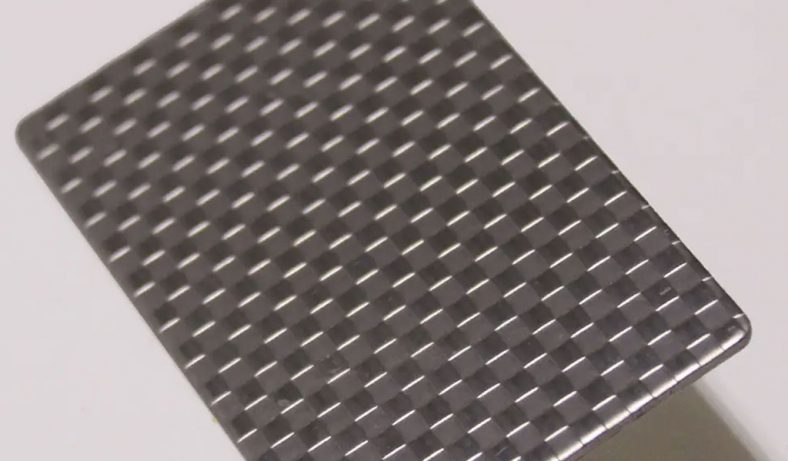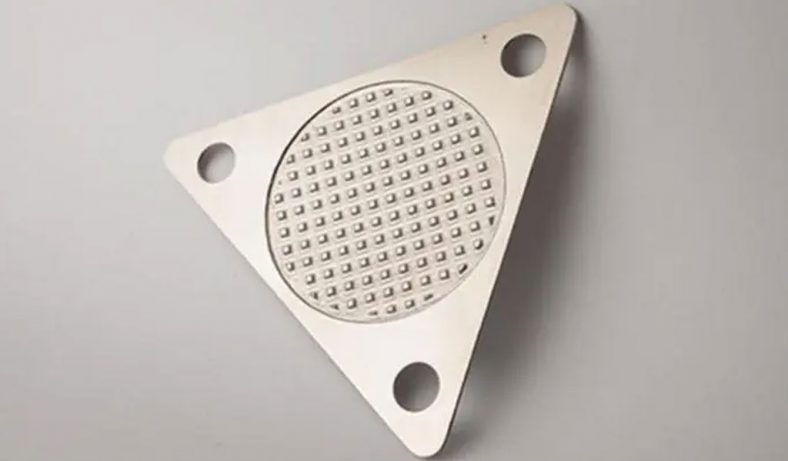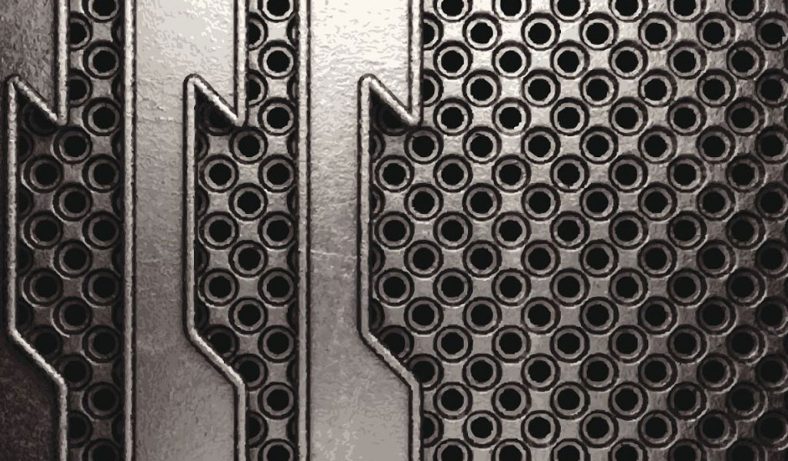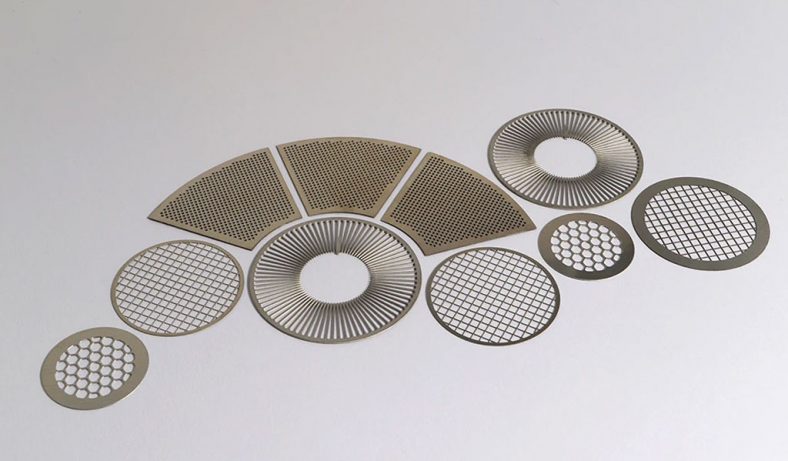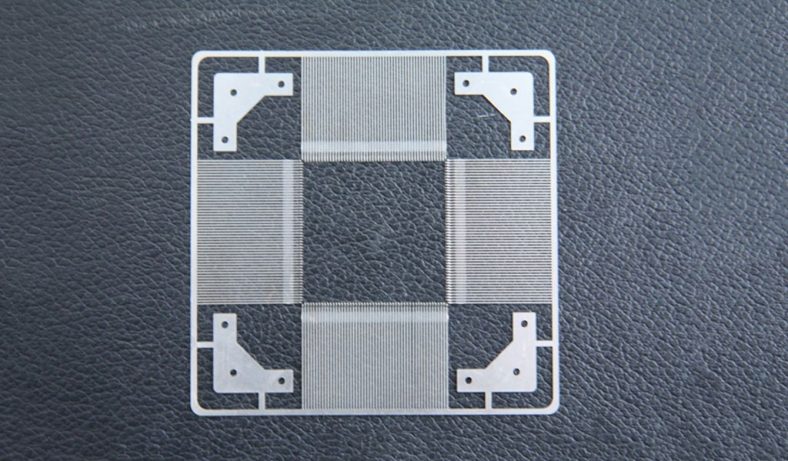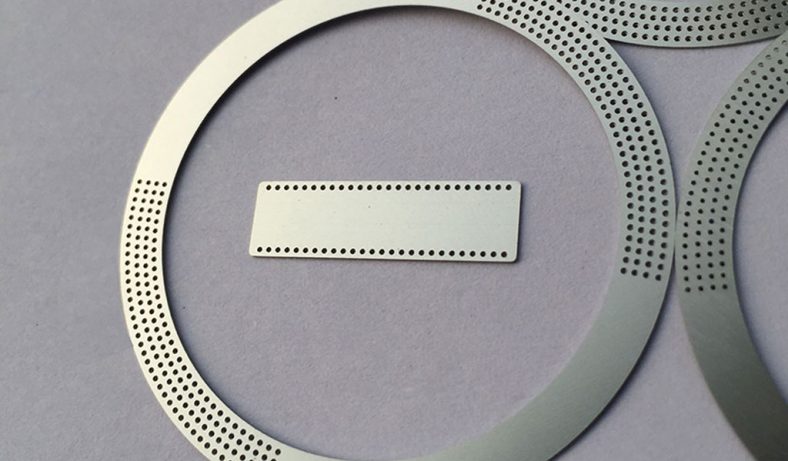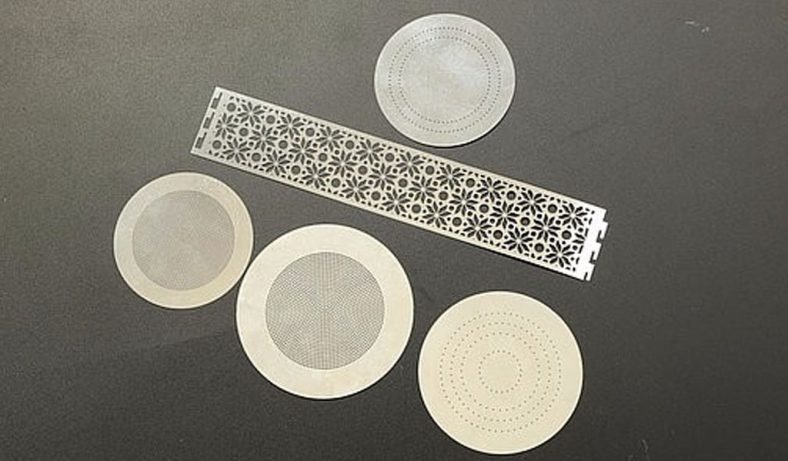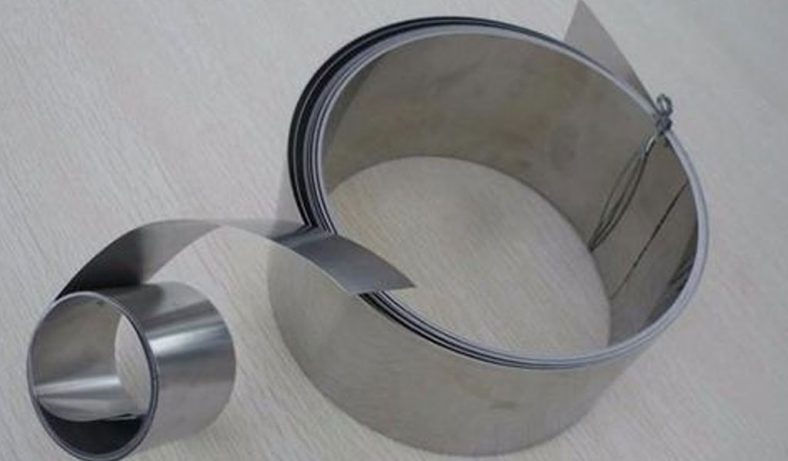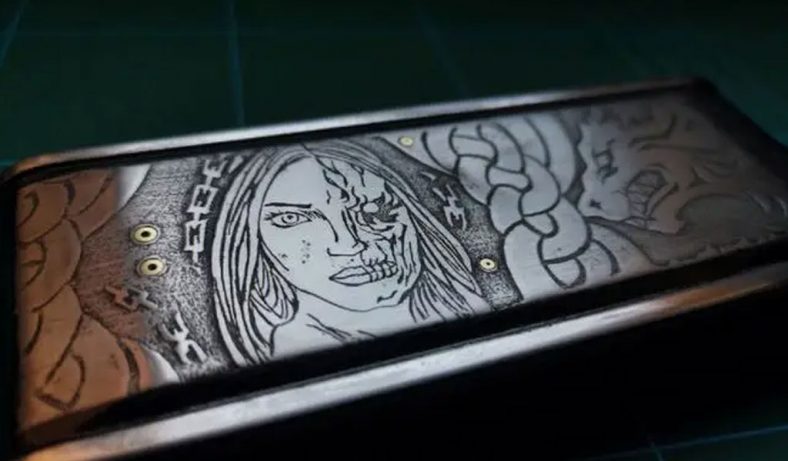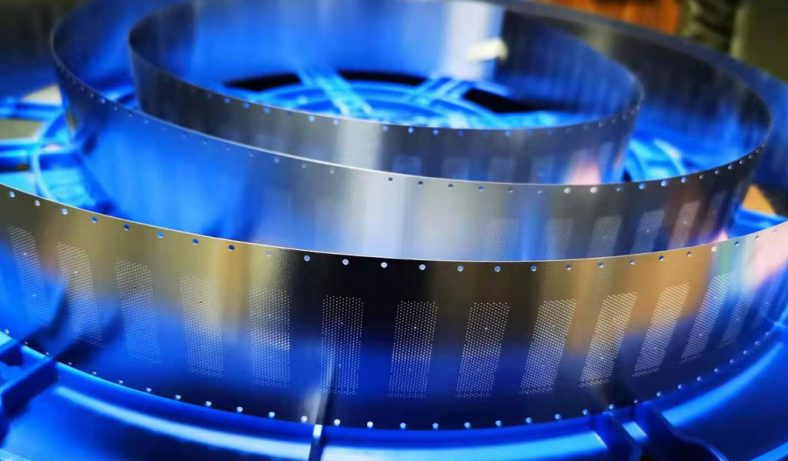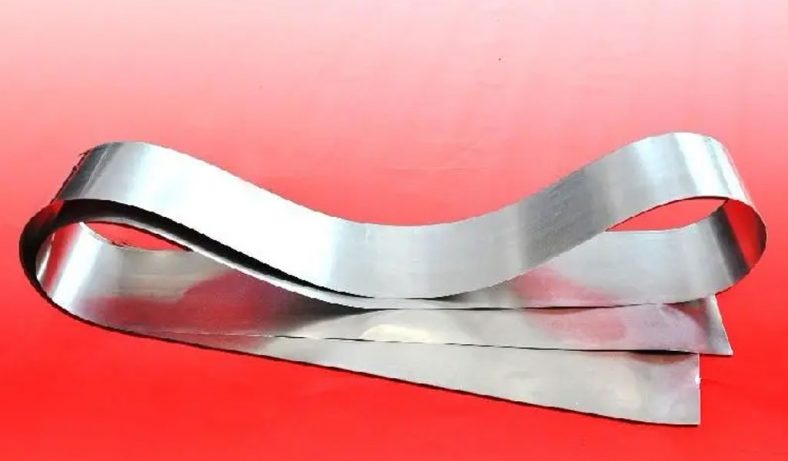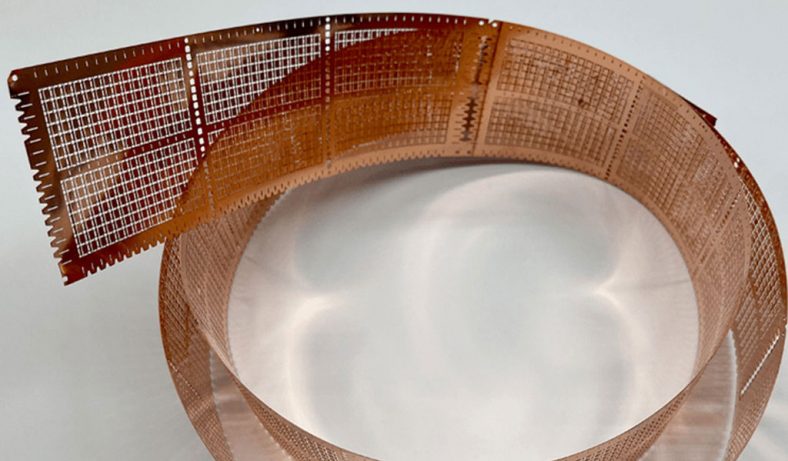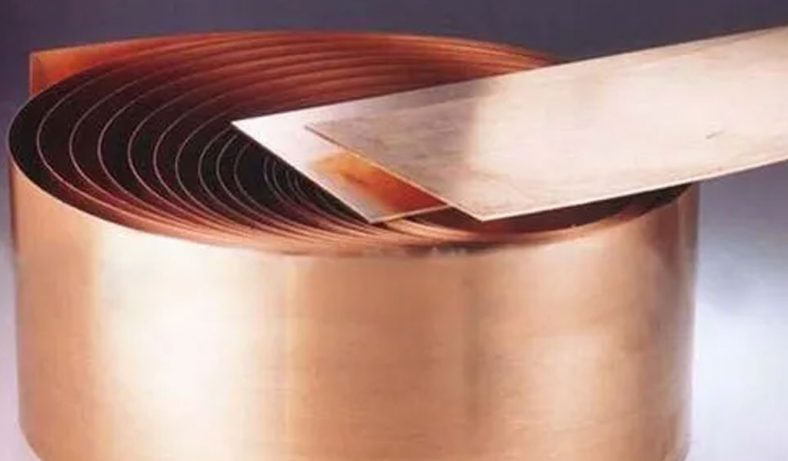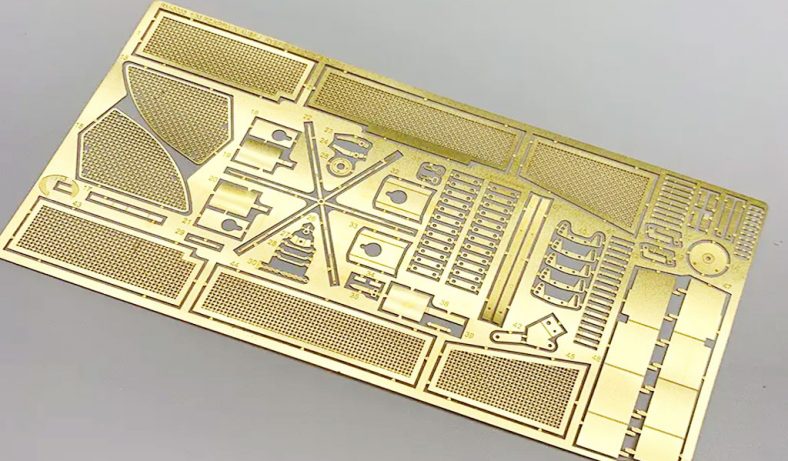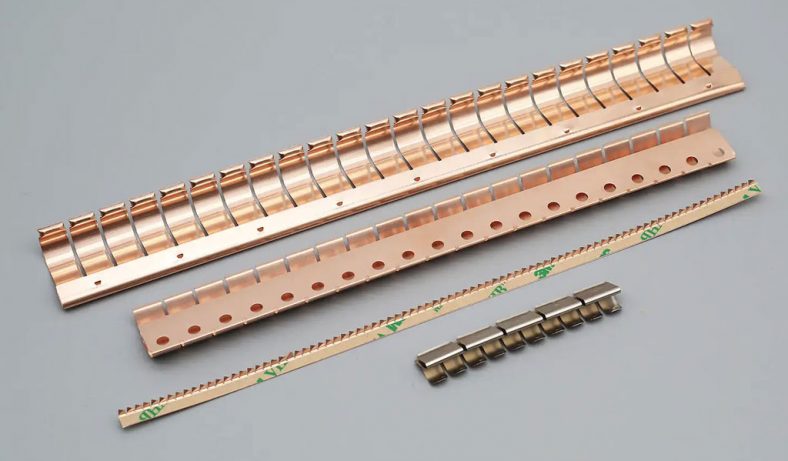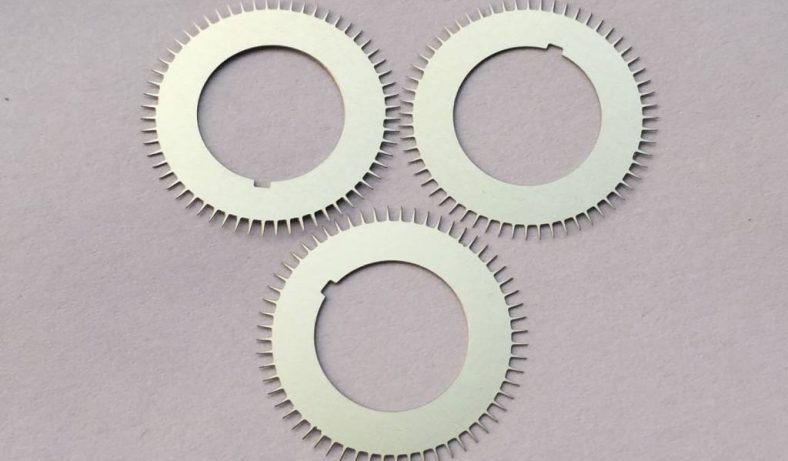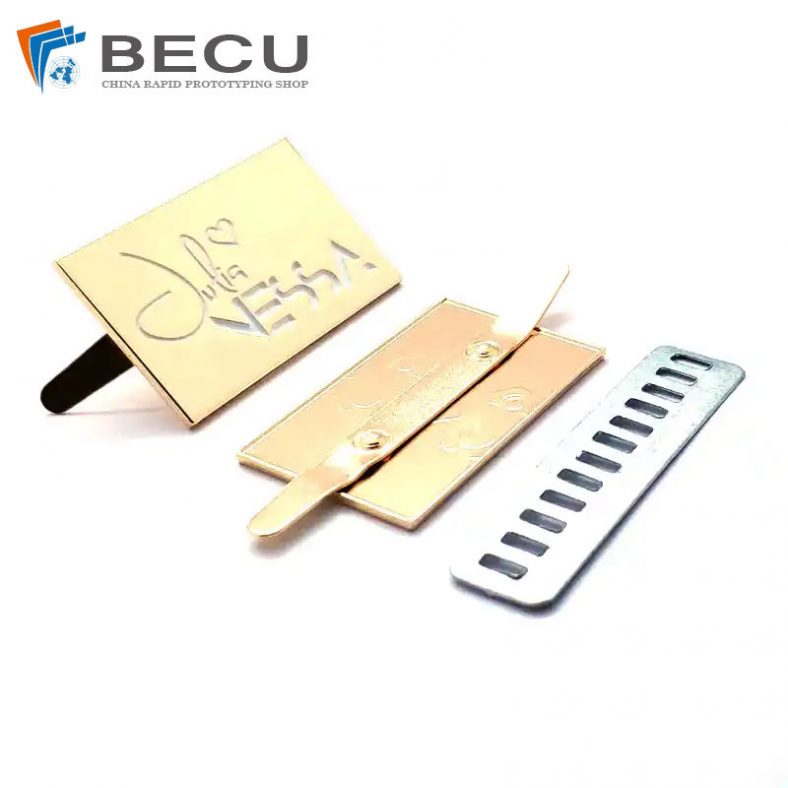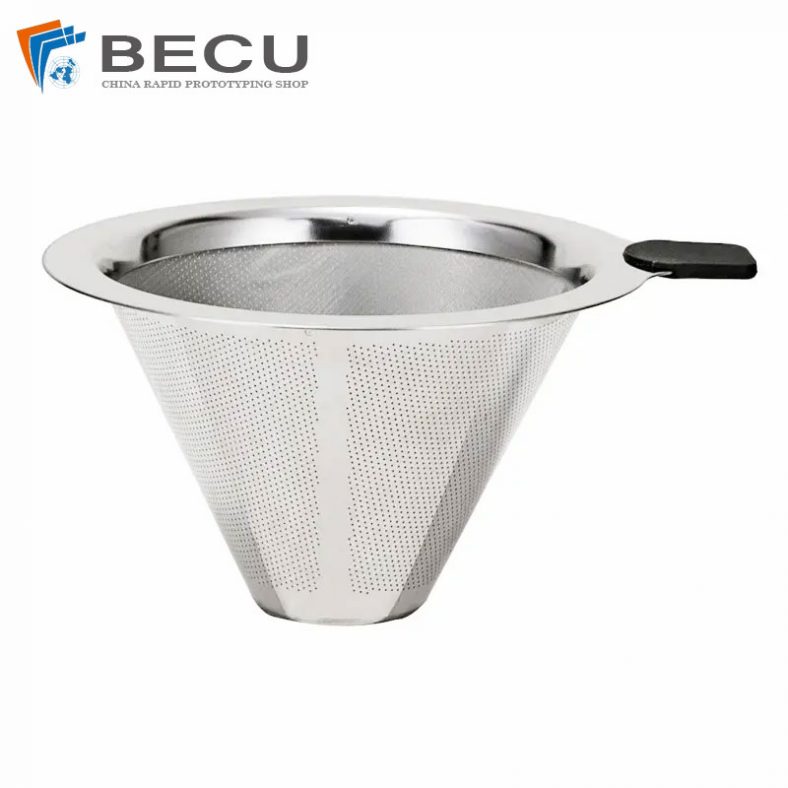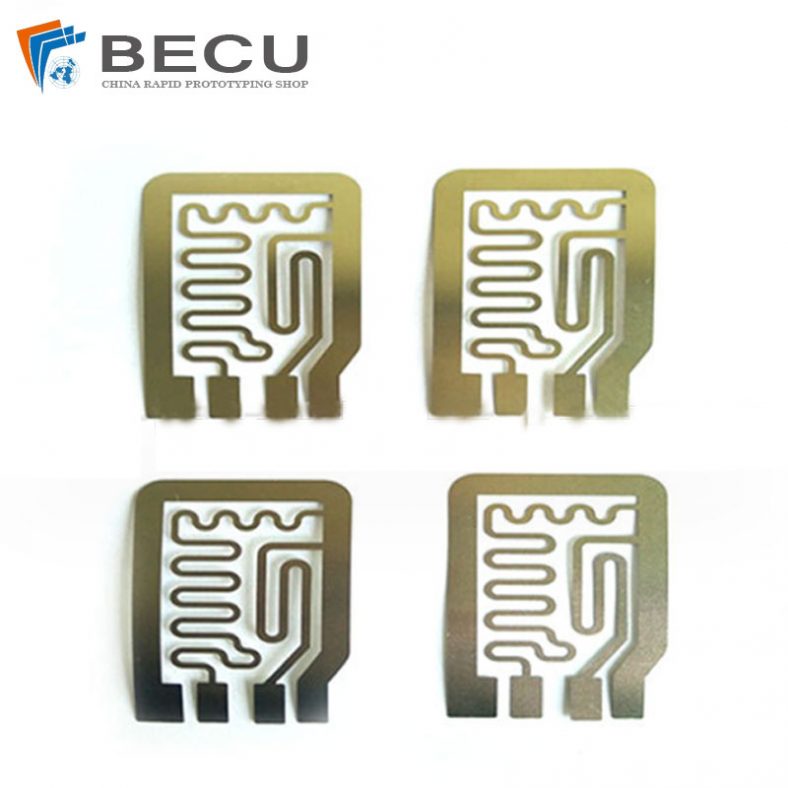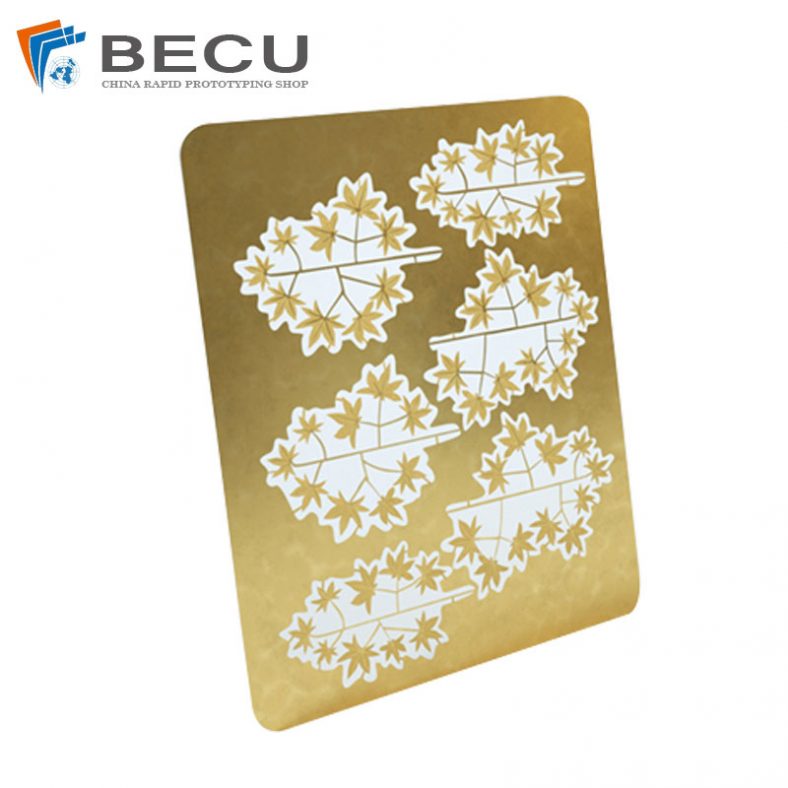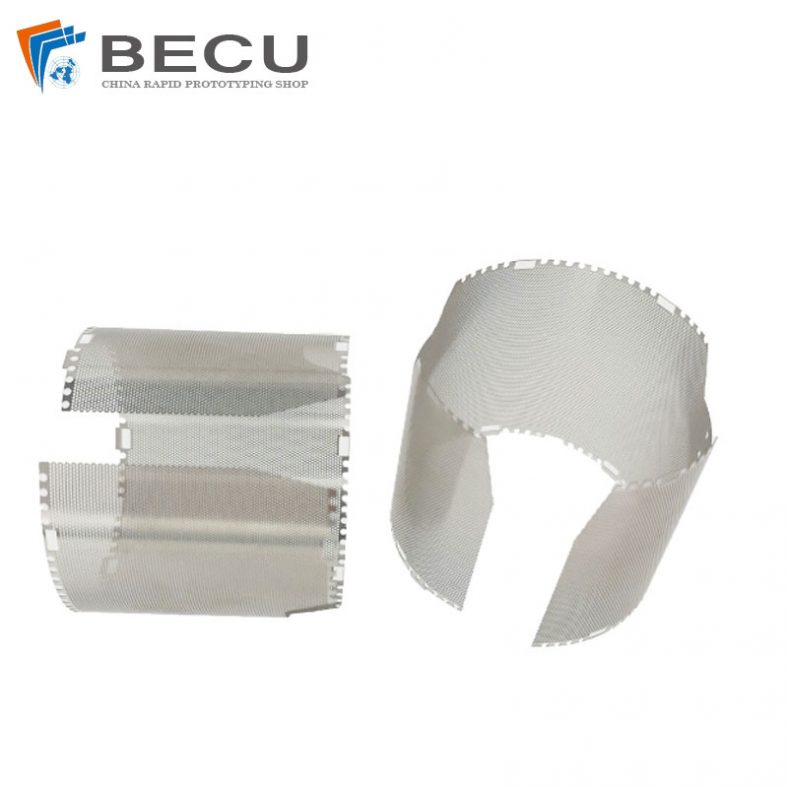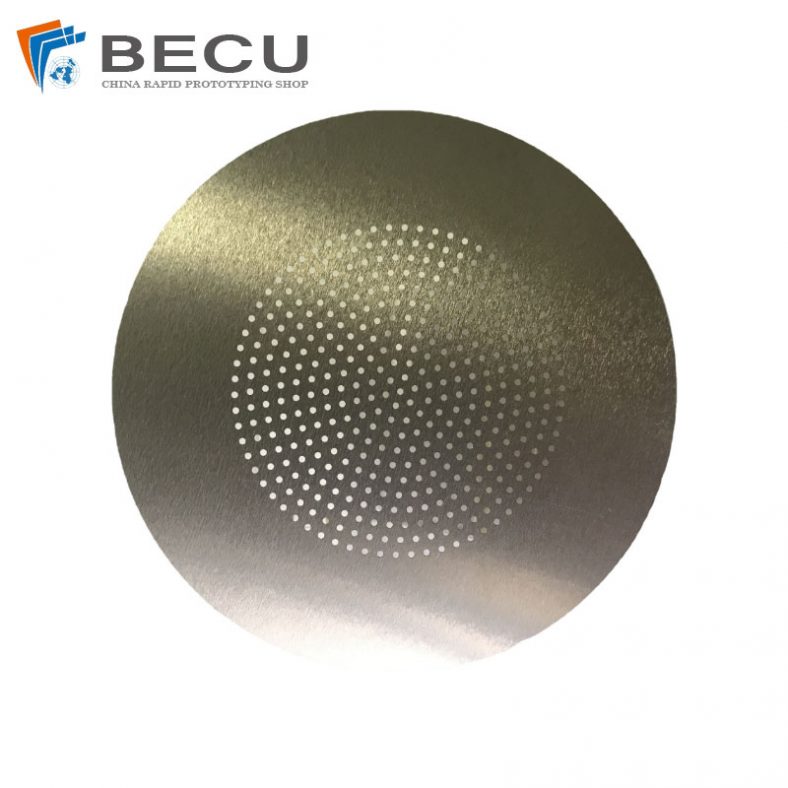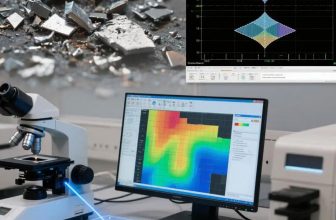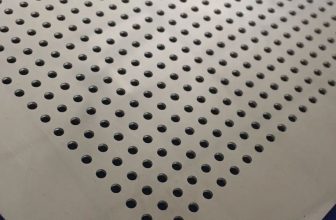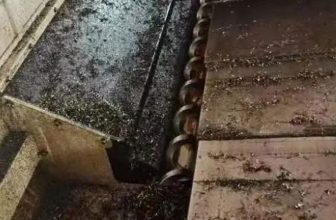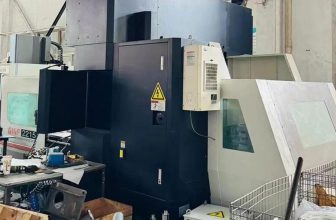Virtual metrology (VM) is an advanced methodology employed in semiconductor manufacturing to predict critical process outcomes, such as etch rates, feature dimensions, and uniformity, without the need for physical measurements. By leveraging real-time sensor data, statistical models, and machine learning algorithms, VM enables continuous monitoring and control of plasma etch processes, which are pivotal in the fabrication of integrated circuits (ICs). This article provides a comprehensive exploration of virtual metrology, its application in plasma etch processes, underlying technologies, methodologies, challenges, and future directions, with a focus on delivering a rigorous scientific treatment suitable for researchers, engineers, and practitioners in the field.
Introduction to Plasma Etching in Semiconductor Manufacturing
Plasma etching is a cornerstone of semiconductor manufacturing, enabling the precise removal of material from a wafer to create intricate patterns that form the basis of microelectronic devices. This dry etching technique uses ionized gases (plasmas) to chemically or physically remove material from the substrate, offering superior control over feature dimensions compared to wet etching methods. Plasma etching is critical for achieving the nanoscale geometries required in modern ICs, such as those fabricated at 3 nm or smaller nodes.
The plasma etch process involves a complex interplay of physical and chemical phenomena, including ion bombardment, reactive species generation, and surface interactions. Key process parameters—such as radio frequency (RF) power, gas flow rates, pressure, and temperature—must be tightly controlled to ensure consistent etch profiles, uniformity, and selectivity. However, traditional metrology methods, which rely on post-process measurements using tools like scanning electron microscopes (SEMs) or optical critical dimension (OCD) systems, are time-consuming, costly, and often limited to sampling a subset of wafers. This creates a bottleneck in achieving real-time process control and optimization.
Virtual metrology addresses these limitations by predicting metrology outcomes in real time, using data collected from process equipment sensors and advanced computational models. By providing immediate feedback on process performance, VM enables proactive adjustments, reduces scrap, and enhances yield, making it an indispensable tool in the era of Industry 4.0 and smart manufacturing.
Fundamentals of Virtual Metrology
Definition and Concept
Virtual metrology is defined as the prediction of physical metrology results (e.g., critical dimensions, etch depths, or film thicknesses) using mathematical models that process real-time data from process equipment. Unlike traditional metrology, which requires physical measurements on processed wafers, VM relies on indirect indicators, such as equipment sensor data, to infer process outcomes. This approach is particularly valuable in high-volume manufacturing environments, where measuring every wafer is impractical.
The core idea of VM is to establish a correlation between measurable process parameters (inputs) and desired metrology outcomes (outputs). These correlations are typically derived from historical data, which are used to train predictive models. Once trained, these models can estimate metrology results in real time, allowing for continuous monitoring and control without interrupting the production flow.
Key Components of Virtual Metrology Systems
A VM system for plasma etch processes typically comprises the following components:
- Data Acquisition: Sensors embedded in the plasma etch tool collect real-time data on parameters such as RF power, gas flow rates, chamber pressure, and wafer temperature. Optical emission spectroscopy (OES) and other diagnostic tools may also provide insights into plasma chemistry.
- Data Preprocessing: Raw sensor data are cleaned, normalized, and filtered to remove noise and outliers. Feature selection techniques are applied to identify the most relevant parameters for prediction.
- Predictive Modeling: Statistical or machine learning models, such as regression, neural networks, or ensemble methods, are trained to map sensor data to metrology outcomes.
- Model Validation and Updating: Models are validated using test datasets and periodically updated to account for process drifts or equipment aging.
- Integration with Process Control: VM predictions are integrated into advanced process control (APC) systems to enable real-time adjustments to process parameters.
Advantages of Virtual Metrology
VM offers several advantages over traditional metrology, particularly in the context of plasma etching:
- Real-Time Monitoring: VM provides immediate feedback on process performance, enabling rapid detection of anomalies or drifts.
- Cost Reduction: By reducing the need for physical measurements, VM lowers metrology costs and minimizes equipment downtime.
- Improved Yield: Early detection of process deviations allows for corrective actions, reducing scrap and improving overall yield.
- Scalability: VM can be applied to every wafer or even every process step, providing comprehensive process visibility.
- Support for Advanced Process Control: VM predictions serve as inputs to APC systems, enabling closed-loop control and optimization.
Plasma Etch Process Characteristics
Overview of Plasma Etching
Plasma etching involves the use of a low-pressure, ionized gas to remove material from a wafer surface. The plasma is generated by applying RF power to a gas mixture, which dissociates into reactive species, ions, and electrons. These species interact with the wafer surface, either through chemical reactions (reactive ion etching, RIE) or physical sputtering, to achieve the desired etch profile.
Key characteristics of plasma etching include:
- Anisotropy: Plasma etching can produce highly directional (anisotropic) etch profiles, essential for defining vertical sidewalls in high-aspect-ratio features.
- Selectivity: The process can be tuned to etch specific materials (e.g., silicon, oxide, or metal) while preserving others, achieved through careful selection of gas chemistries.
- Uniformity: Uniform etching across the wafer is critical to ensure consistent device performance, requiring precise control of plasma density and gas distribution.
- Etch Rate: The rate at which material is removed must be controlled to achieve the desired feature depth and avoid over-etching.
Challenges in Plasma Etch Monitoring
The complexity of plasma etching poses significant challenges for process monitoring and control:
- Process Variability: Variations in equipment condition, gas purity, or wafer properties can lead to inconsistent etch outcomes.
- Nonlinear Dynamics: The interactions between plasma species, wafer surface, and process parameters are highly nonlinear, making it difficult to predict outcomes using simple models.
- Drift and Aging: Equipment aging, chamber wall conditioning, and other factors can cause process drifts over time, affecting etch performance.
- Data Volume and Complexity: Plasma etch tools generate vast amounts of sensor data, requiring sophisticated methods for data processing and analysis.
Virtual metrology addresses these challenges by providing a data-driven approach to process monitoring, leveraging advanced analytics to model complex relationships and predict outcomes with high accuracy.
Virtual Metrology Methodologies for Plasma Etching
Data Acquisition and Sensor Technologies
The foundation of VM lies in the collection of high-quality, real-time data from the plasma etch tool. Common sensor technologies include:
- Optical Emission Spectroscopy (OES): OES measures the light emitted by plasma species, providing insights into plasma chemistry and species concentrations. OES data are often used to detect process anomalies or endpoint conditions.
- RF Sensors: These measure RF power, voltage, and impedance, which influence plasma density and ion energy.
- Mass Flow Controllers (MFCs): MFCs monitor gas flow rates, which affect etch rate and selectivity.
- Pressure Sensors: Chamber pressure influences plasma uniformity and etch characteristics.
- Temperature Sensors: Wafer and chamber temperatures impact reaction rates and etch uniformity.
In addition to these, advanced diagnostic tools, such as Langmuir probes or ion flux probes, may be used in research settings to provide detailed plasma diagnostics. However, in production environments, VM typically relies on standard equipment sensors to minimize costs and complexity.
Data Preprocessing and Feature Engineering
Raw sensor data are often noisy, high-dimensional, and temporally correlated, necessitating robust preprocessing techniques. Common steps include:
- Filtering: Low-pass or moving-average filters are applied to remove high-frequency noise from sensor signals.
- Normalization: Data are scaled to a common range (e.g., [0, 1]) to ensure consistency across different sensors.
- Dimensionality Reduction: Techniques like principal component analysis (PCA) or partial least squares (PLS) are used to reduce the number of variables while preserving relevant information.
- Feature Selection: Statistical methods, such as correlation analysis or mutual information, identify the most predictive sensor variables for metrology outcomes.
- Temporal Alignment: Sensor data are synchronized with process steps or wafer cycles to ensure accurate modeling.
Feature engineering is a critical step in VM, as it involves creating derived variables that capture process dynamics. For example, the ratio of OES peak intensities or the time derivative of RF power may provide insights into plasma stability or etch endpoint.
Predictive Modeling Techniques
The heart of VM is the predictive model, which maps sensor data to metrology outcomes. Several modeling techniques are commonly used, each with its strengths and limitations:
Linear Regression and Variants
Linear regression assumes a linear relationship between sensor data and metrology outcomes. Variants, such as ridge regression or partial least squares regression (PLSR), are used to handle multicollinearity and high-dimensional data. While simple and interpretable, linear models may struggle with the nonlinear dynamics of plasma etching.
Nonlinear Regression
Nonlinear regression techniques, such as polynomial regression or Gaussian process regression (GPR), can capture complex relationships but require careful tuning to avoid overfitting. GPR, in particular, is valued for its ability to provide uncertainty estimates, which are useful for assessing prediction reliability.
Neural Networks
Artificial neural networks (ANNs), including deep neural networks (DNNs) and recurrent neural networks (RNNs), are widely used in VM due to their ability to model nonlinear and temporal dependencies. Convolutional neural networks (CNNs) may be applied to OES spectra or other structured data. However, neural networks require large training datasets and significant computational resources.
Ensemble Methods
Ensemble methods, such as random forests or gradient boosting, combine multiple models to improve prediction accuracy and robustness. These methods are particularly effective for handling noisy or heterogeneous data.
Support Vector Machines (SVMs)
SVMs are used for both regression and classification tasks in VM, offering good generalization performance for small datasets. However, their computational complexity can be a limitation for large-scale applications.
Model Validation and Maintenance
To ensure reliability, VM models must be rigorously validated using techniques such as cross-validation or hold-out testing. Key performance metrics include:
- Root Mean Square Error (RMSE): Measures the average prediction error.
- R-squared (R²): Indicates the proportion of variance explained by the model.
- Mean Absolute Error (MAE): Provides a robust measure of prediction accuracy.
Models must also be maintained to account for process drifts, equipment aging, or changes in process recipes. Online learning techniques, such as adaptive boosting or recursive least squares, enable models to update dynamically as new data become available.
Implementation of Virtual Metrology in Plasma Etch Processes
Case Study: Etch Rate Prediction
Consider a plasma etch process for patterning a silicon dioxide (SiO₂) layer using a fluorine-based chemistry (e.g., CF₄/O₂). The goal is to predict the etch rate in real time to ensure consistent feature depths. A VM system might be implemented as follows:
- Data Collection: OES data are collected to monitor fluorine and oxygen species, while RF power, gas flow rates, and pressure are recorded from equipment sensors.
- Feature Engineering: Key features include the intensity ratio of fluorine to oxygen emission lines, RF power stability, and pressure fluctuations.
- Model Training: A neural network is trained on historical data, mapping sensor features to etch rates measured by ellipsometry.
- Real-Time Prediction: During processing, the model predicts the etch rate for each wafer, enabling adjustments to RF power or gas flow if deviations are detected.
- Integration with APC: Predicted etch rates are fed into an APC system, which adjusts process parameters to maintain the target etch rate.
Case Study: Critical Dimension (CD) Prediction
Critical dimension (CD) refers to the width of etched features, a critical parameter in IC fabrication. VM can predict CD by analyzing sensor data correlated with sidewall profiles. For example, in a high-aspect-ratio etch process, OES data might indicate polymer deposition on sidewalls, which affects CD. A random forest model could be trained to predict CD based on OES, RF, and pressure data, with predictions validated against SEM measurements.
Integration with Advanced Process Control
VM predictions are most effective when integrated with APC systems, which use feedback and feedforward control to optimize process performance. For example, if VM predicts an out-of-spec etch rate, the APC system might adjust RF power or gas flow to correct the deviation. Run-to-run (R2R) control, a common APC strategy, uses VM predictions to update process recipes between wafer batches, ensuring consistency across production runs.
Comparative Analysis of Virtual Metrology Techniques
To provide a rigorous comparison of VM techniques for plasma etching, the following table summarizes key modeling approaches, their strengths, limitations, and typical applications.
| Technique | Strengths | Limitations | Applications |
|---|---|---|---|
| Linear Regression | Simple, interpretable, computationally efficient | Assumes linear relationships, poor performance for nonlinear dynamics | Basic etch rate prediction, stable processes |
| Nonlinear Regression | Captures complex relationships, uncertainty estimates (e.g., GPR) | Prone to overfitting, requires careful tuning | Etch rate, CD prediction in complex processes |
| Neural Networks | High accuracy for nonlinear and temporal data, scalable to large datasets | Requires large training data, computationally intensive, less interpretable | CD, uniformity, endpoint detection |
| Ensemble Methods | Robust to noise, handles heterogeneous data, good generalization | Moderate computational complexity, less interpretable than linear models | Etch rate, CD, process anomaly detection |
| Support Vector Machines | Effective for small datasets, good generalization, supports classification | High computational cost for large datasets, sensitive to parameter tuning | Endpoint detection, anomaly classification |
This table highlights the trade-offs between model complexity, interpretability, and performance, guiding practitioners in selecting the appropriate technique for specific plasma etch applications.
Challenges in Virtual Metrology for Plasma Etching
Data Quality and Availability
The accuracy of VM models depends on the quality and quantity of training data. Incomplete or noisy sensor data, limited metrology measurements, or inconsistent process conditions can degrade model performance. Strategies to address this include:
- Data Augmentation: Synthetic data generation or transfer learning can supplement limited datasets.
- Sensor Calibration: Regular calibration of sensors ensures data accuracy.
- Standardized Protocols: Consistent data collection protocols across tools and fabs improve model robustness.
Process Variability and Drift
Plasma etch processes are subject to variability due to equipment aging, chamber seasoning, or changes in wafer properties. VM models must account for these factors to maintain accuracy. Adaptive modeling techniques, such as online learning or drift compensation algorithms, are critical for long-term reliability.
Computational Complexity
Advanced VM models, such as deep neural networks, require significant computational resources for training and inference. In production environments, where real-time predictions are needed, lightweight models or hardware acceleration (e.g., GPUs) may be necessary to meet latency requirements.
Interpretability and Trust
Complex models, such as neural networks, are often treated as “black boxes,” making it difficult for engineers to trust their predictions. Techniques like SHAP (SHapley Additive exPlanations) or LIME (Local Interpretable Model-agnostic Explanations) can provide insights into model behavior, enhancing trust and adoption.
Integration with Legacy Systems
Many semiconductor fabs use legacy equipment with limited sensor capabilities or proprietary data formats. Retrofitting these systems for VM requires significant investment in hardware upgrades or middleware solutions to ensure compatibility.
Future Directions in Virtual Metrology
Integration with Industry 4.0 and IoT
The rise of Industry 4.0 and the Internet of Things (IoT) offers opportunities to enhance VM through interconnected systems and cloud-based analytics. By integrating VM with fab-wide data platforms, manufacturers can achieve holistic process optimization, leveraging data from multiple tools and process steps.
Advanced Machine Learning Techniques
Emerging machine learning techniques, such as federated learning, reinforcement learning, and generative adversarial networks (GANs), hold promise for VM. Federated learning enables collaborative model training across multiple fabs without sharing sensitive data, while reinforcement learning can optimize process control policies. GANs may be used to generate synthetic training data, addressing data scarcity.
Physics-Informed Models
Physics-informed machine learning, which incorporates domain knowledge (e.g., plasma physics or surface chemistry) into predictive models, can improve accuracy and generalization. These hybrid models combine data-driven insights with physical principles, reducing reliance on large datasets.
Real-Time Endpoint Detection
Endpoint detection, which determines when an etch process should stop, is a critical application of VM. Advances in OES and machine learning enable more precise endpoint prediction, reducing over-etching and improving yield. Future VM systems may integrate multi-modal data (e.g., OES, RF, and pressure) for robust endpoint detection.
Standardization and Interoperability
The lack of standardized VM frameworks hinders adoption across the semiconductor industry. Developing open-source tools, standardized data formats, and interoperable platforms will accelerate the deployment of VM in plasma etching and other processes.
Conclusion
Virtual metrology represents a transformative approach to real-time monitoring and control of plasma etch processes, addressing the limitations of traditional metrology in semiconductor manufacturing. By leveraging sensor data, advanced analytics, and machine learning, VM enables continuous process optimization, cost reduction, and yield improvement. Despite challenges such as data quality, process variability, and computational complexity, ongoing advancements in modeling techniques, sensor technologies, and industry standards are poised to drive the widespread adoption of VM.
As semiconductor devices continue to shrink and process complexity increases, VM will play an increasingly critical role in ensuring the reliability and performance of plasma etch processes. By integrating VM with Industry 4.0, advanced machine learning, and physics-informed models, the semiconductor industry can achieve unprecedented levels of precision and efficiency, paving the way for the next generation of microelectronic devices.

